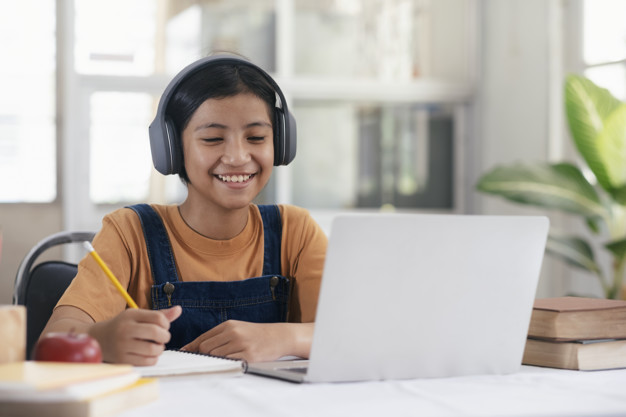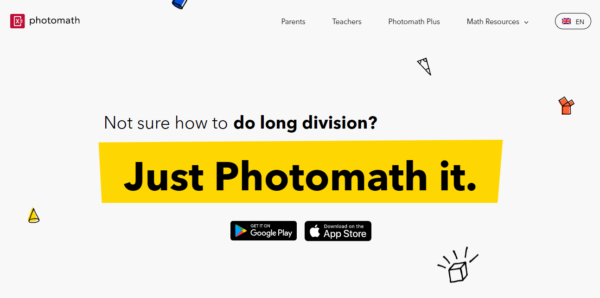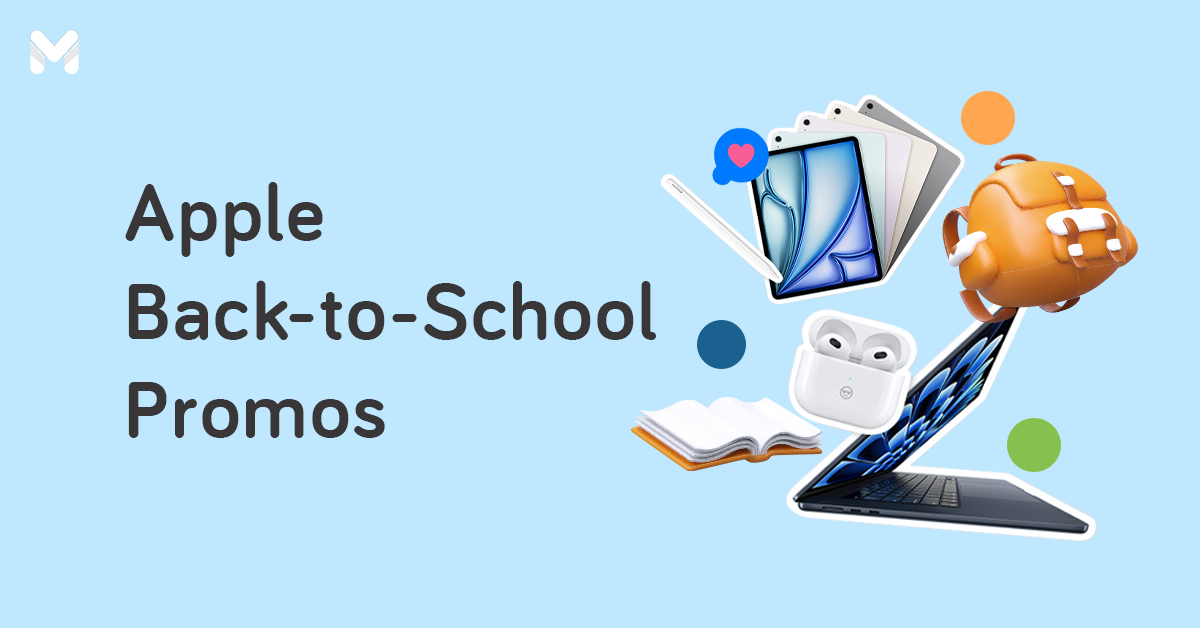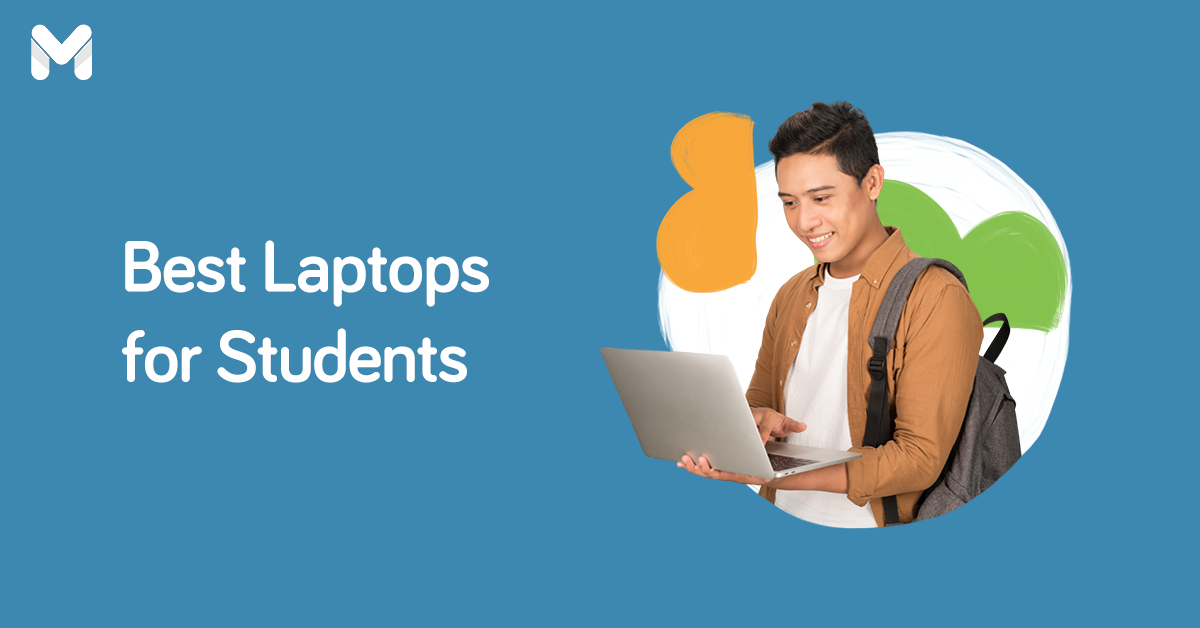The academic landscape has changed globally post-pandemic. Students now have to adapt to the new normal education in the Philippines.
According to the 2022 State of Student Success and Engagement in Higher Education, a global study from education technology firm Instructure, 76% of respondents from the Philippines want to take their courses in a combination of in-person and online classes.[1]
Students must be organized and self-motivated to do well in in-person or blended learning. While it can be challenging, there are ways to make the transition easier.
What is the New Normal in Education?
What is the meaning of new normal education in the Philippines?
The new normal learning system is a hybrid approach to education that combines traditional classroom instruction with online learning.
This type of blended learning allows students to get the best of both worlds: the personal interaction and attention of a classroom setting and the flexibility and convenience of learning online from home.
In many cases, blended learning can be customized to the individual student's needs and preferences.
For example, a student who struggles with a particular concept can receive extra in-person support from their teacher. In contrast, students who thrive in a more independent learning environment can devote more time to working independently on assignments.
Ultimately, the new normal education system in the Philippines provides a more well-rounded and personalized educational experience for all students involved.
Related articles:
- Most Expensive Schools in the Philippines: How Much You Need to Spend
- 11 Study Abroad Programs for a Global Educational Experience
The Challenges of New Normal Education in the Philippines
-4.png?width=600&height=400&name=Pics%20for%20blog%20(11)-4.png)
The transition to new normal learning is not without disadvantages. Here are the challenges students face in the new normal education in the Philippines.
📌 Lack of Accessibility
New normal learning presents unique challenges, particularly in terms of accessibility. Many Filipino students don’t have reliable internet access or adequate devices for online learning. As a result, they’re at a disadvantage compared to peers who can access the internet and participate in online learning.
📌 High Costs
The cost has always been a challenge when it comes to education, especially for families living in poverty. But with the shift to blended learning, the cost of educational materials and devices is a new barrier for Filipino students. According to the Department of Information and Communication Technology (DICT), 65% of Filipinos are still not connected to the internet.[2]
Even those with access to technology may still struggle to pay for data plans and online subscriptions. As a result, many students are left behind in their studies.
There is still much work to be done to ensure all Filipino students have access to quality education. Cost should not be a barrier to learning.
📌 Struggles in Adjusting
A blended learning approach, which combines online and offline learning, poses a challenge to students, who are now expected to learn in both online and offline environments.
Online learning requires a different set of skills than offline learning. For example, online learners need to be able to navigate virtual learning platforms, search for information online, and communicate with classmates and instructors via email or chat. These skills are not always easy to acquire, and some students may struggle with them.
Offline learners who are used to receiving information from their teachers in a face-to-face setting may find it more challenging to adjust.
📌 Non-Conducive Learning Environment
Another challenge of blended learning is creating an effective environment at home. Filipino students face a unique set of challenges in this regard.
First, many households are crowded and noisy, making it difficult to concentrate. Second, students often have to care for younger siblings while their parents work, making it tricky to manage their time.
Also, Filipino parents may not be familiar with computers and the internet, so they cannot help their children.
While these challenges may seem daunting, there are ways to overcome them. By creating an environment for blended learning, parents and teachers can impose coping strategies for students for new normal education.
Learning in the New Normal: How Students Can Cope
-4.png?width=600&height=400&name=Pics%20for%20blog%20(12)-4.png)
Here are some recommendations about blended learning so students can study effectively, focus better, and achieve more. These tips on how to address the challenges of education in the new normal can help your children cultivate good habits.
✔️ Set a Goal
It’s essential for students to create personal goals. Focus on the end goal and what can be achieved once they finish their assignments. That should be enough encouragement and motivation for them to manage their time and stick to their tasks.
✔️ Create a Study Plan
Before new normal classes start, make a study plan to help students stay on top of their deadlines. Use a planner to organize tasks and assignments. Outline their schedules and set several hours per week for readings or research. Stick to the schedule, but adjust when necessary.
✔️ Practice Time Management
Set a time for studying and doing assignments. Estimate how much time is needed for tasks and schedule them accordingly. Start with the most critical or time-consuming tasks, then tackle the easier ones.
This way, students can enjoy more breathing room.
✔️ Create a Dedicated Study Space
-3.png?width=600&height=400&name=Pics%20for%20blog%20(13)-3.png)
The study space can be in the bedroom or living room. Use the area exclusively as a space for studying so they can focus.
A dedicated study space can also help students stay organized. If everything they need is in one place, they won’t need to leave their study area to grab books or print handouts. As a result, they won’t break their momentum.
✔️ Eliminate Distractions
The average person gets distracted every 40 seconds[3] when working in front of the computer. So it’s important to keep them away from distractions when it’s time to study.
Turn off your phone, or put it on silent at least. Sometimes even listening to music can be distracting, so choose a playlist to boost concentration. Also, ask your family members to be mindful of the dedicated study hours.
✔️ Get Them Off Social Media
For an effective learning experience for students in the new normal, get them off social media.
It sure is fun to get lost in Instagram posts or TikTok videos. But when it’s time to study, you must get them to put their phones down. If they can’t resist picking up their phones, keep the gadgets away from the study space.
✔️ Figure Out Their Learning Style
What time of the day do they feel their best? When are they most energetic or productive?
If they’re a morning person, they should accomplish their tasks in the morning. And if they’re more of a night owl, they should study and finish their assignments at night.
Learning styles vary from person to person. Some learn through visuals, while others learn better by listening to audio materials.
Whichever they prefer, take advantage of available learning tools. Consider creating infographics as reading materials or looking into audio and video-based course content.
✔️ Encourage Them to Stay Engaged

Let them participate in online courses to help them better understand the course materials. If their class hosts online forums, encourage them to share their insights. This way, they can engage in healthy discourse with other students.
Let your child participate in a virtual study group with classmates as well. Schedule these sessions regularly so they can pick each other’s brains and help with challenging topics. If they’re struggling and feel like they’re falling behind, they can ask for clarifications or other supplementary materials.
✔️ Take Advantage of Online Resources
If their school offers an online library, encourage them to use it to find relevant materials. Use browser extensions like Grammarly to check for spelling and grammatical errors. Online dictionaries are also available to help with their vocabulary.
Other online resources worth checking out include Project Gutenberg for free books, Trello for task management, and EdX.org for open-source courses.
Check the video below for some helpful tips on how to get more out of online resources.
✔️ Give Them the Confidence to Ask Questions
Part of participating is asking questions, especially when struggling with a topic. Let them ask questions as soon as one pops into their mind. If something seems confusing, have them ask their teacher to give more concrete examples.
This will save them time instead of struggling to understand it on their own later.
✔️ Let Them Enjoy Time Off
-3.png?width=600&height=400&name=Pics%20for%20blog%20(14)-3.png)
If they find particular online classes extra challenging, let them take breaks afterward. This will refresh their brain and help them refocus. Get them to walk outside, take a nap, or talk to family members.
Let them do the same when working on a difficult assignment. Stepping away from the desk for a few minutes, listening to a song or two, or munching on a light snack can help them think of new ideas for tackling a task.
✔️ Set Personal Deadlines
But procrastinating won’t make difficult tasks any easier. If a paper is due on Friday, don’t let your child wait until Thursday night. It just creates unnecessary stress and anxiety.
Get them to finish their assignments at least a day early. If they need to make revisions, they still have time to do so before submission.
✔️ Let Them Be Accountable
In traditional classrooms, teachers constantly remind students when assignments are due. But with the new normal, they might have to keep track of submission dates and deadlines themselves.
Assign a family member as their accountability partner to ensure they don't forget. They can remind them of tasks and when they’re due.
✔️ Make Learning Enjoyable
-3.png?width=600&height=400&name=Pics%20for%20blog%20(15)-3.png)
Wondering how students can adjust to the new normal in the Philippines? Make it an enjoyable experience.
Play their favorite songs to keep them alert and in a good mood. Decorate their study space to make it cozier and more welcoming.
One of the advantages of the new normal education in the Philippines is you get to spend more time with your children and closely monitor their progress. If they do well, grab the opportunity to reward them.
Celebrate with the family and order food delivery while hosting a Netflix night. Or buy them something they like and surprise them with it. After all, there’s more to life than just studying.
It’s easy to get stressed with new normal learning, but it can feel exciting, too.
✔️ Keep Them Healthy
Don’t let them stay up until dawn if they have an early morning online class. Let them have a full breakfast. They need good sleep and nourishment to stay alert and energetic.
✔️ Help Them Stay Motivated
Learning takes commitment and effort. If they’re having difficulty, try to put things in perspective. For instance, let their teachers’ dedication inspire them to work harder. Remind them of their goals set at the beginning of the school year.
Related articles:
- How to Secure a Child's Future by Saving for Education Now
- How Much Money Should I Save for My Child’s Education in 2023?
- 14 Educational Plans in the Philippines to Secure Your Child’s Future
Tools to Help Children Study Effectively in the New Normal
How do students cope with the new normal in education? Sometimes it’s sheer talent and skill, and other times it’s because of clever education apps and websites.
📱 Brainly.ph

Brainly.ph[4] is an online community where students can find help on challenging assignments. With over 350 million students and experts on this knowledge-sharing platform, students can easily find answers to their most challenging homework questions.
They can get answers on Brainly.ph Science or Brainly.ph Math page for their physics or geometry assignments. Or they can help other Brainly app users by answering their homework questions.
For the Brainly app link, just go to the website and click on the Google Play Store or the Apple App Store logo.
📱 Pomodoro App
The Pomodoro technique increases productivity and also gives you time to rest. It’s pretty simple: work for 25 minutes (equivalent to one Pomodoro) and then rest for five minutes.
When you finish four Pomodoros, you can take a longer break (up to 30 minutes is fine). Keep adding Pomodoros until your task is completed.
Trivia: Pomodoro is Italian for tomato. Francesco Cirillo developed this technique in the 1980s using a tomato-shaped kitchen timer.
Download the Pomodoro app to accomplish tasks quickly without feeling overwhelmed. It’s available on the Google Play Store and Apple App Store.
📱 Forest
Forest[5] is a clever and cute way to focus on tasks. Grow trees and fill the forest for every 25 minutes of work completed. The more frequently you use the app, the faster your trees grow. Consider it a mobile game and productivity app in one.
📱 Photomath

Any student who has ever struggled with math knows it can be frustrating. Trying to work through a problem, only to get stuck, can feel like you're banging your head against a wall.
Thankfully, there's a new tool that can help.
Photomath[6] uses your phone's camera to read and solve math problems. Just point the camera at a problem, and Photomath will answer with step-by-step instructions on how to solve the problem. Students will be better equipped to solve similar problems in the future.
📱 Quora
Quora is a content platform that allows users to ask and answer questions on various topics. In addition, Quora also allows users to follow other users with similar interests, which can help them find experts in a particular field.
However, not all information on Quora is accurate. Users should always double-check facts before relying on them. Nonetheless, when appropriately used, Quora can be an excellent resource for students looking to learn more about a specific topic.
You can download the Quora app on App Store and Google Play Store for free.
📱 Kahoot!
With Kahoot!, an online teaching and learning tool for students and teachers, pop quizzes are more exciting. Students can choose from millions of ready-to-play games and engage with other students virtually. They can answer puzzles, multiple-choice tests, and true or false quizzes via mobile devices.
Whether in the classroom or at home, Kahoot! helps students stay engaged, boost their creativity, and increase their participation through fun and play.
It offers a free basic account for up to 10 participants. Also, it comes in different plans and pricing for individuals, teams, and campuses depending on the number of participants per session.
📱 Flip
An excellent tool for students to talk about a topic, Flip is an online education tool.[8] Using a code, students can join discussion groups created by their teachers. They can make a video sharing their thoughts, ideas, and updates about a topic. Afterward, they can post the video to the group and spark a discussion!
It’s a great way for students to increase their confidence by expressing their ideas safely and creatively online. Best of all, they can use the app for free.
Read other articles on education:
- Are You Eligible for These? 9 Scholarships in the Philippines in 2023
- 21 Perks You Can Score with a Student Discount in the Philippines
Final Thoughts
Is your child struggling to deal with the effects of new normal education in the Philippines? There are many tips you can try.
Set goals and track their progress, but allow them to breathe and relax. It’s essential to strike a healthy balance so they don’t feel overwhelmed. Also, help students understand how they learn best, break down large tasks into smaller ones, and allow them to practice self-compassion.
As you go along, you’ll find more learning strategies in the new normal in the Philippines that work for you and your child!
Sources:
- [1] 2022 State of Student Success and Engagement in Higher Education (Instructure, 2022)
- [2] DICT: 65% of Philippines not connected to internet (The Philippine Star, 2023)
- [3] 4 Strategies for Overcoming Distraction (Harvard Business Review, 2018)
- [4] Brainly.ph
- [5] Forest
- [6] Photomath
- [7] Kahoot!
- [8] Flip










